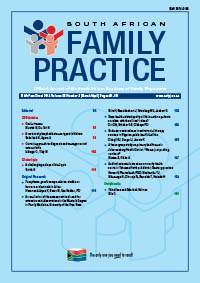<I>Toxoplasma gondii</I> seroprevalence studies on humans and animals in Africa
Keywords:
Toxoplasma gondii, Toxoplasmosis, Sero-prevalence, Disease burden, Africa.
Abstract
Background: Toxoplasmosis is a disease caused by Toxoplasma gondii, which can infect nearly all mammalian and avian species. Approximately 25% of the global human population is thought to be infected. Interest in toxoplasmosis has surged since it was discovered that with the onset of acquired immune deficiency syndrome, acute toxoplasmosis could induce cranial calcification. The ensuing encephalitis can be fatal. The African human immunodeficiency virus (HIV) epidemic, increasing levels of other immunosuppressive infections (such as tuberculosis), poor sanitation practices and lack of monitoring of at-risk populations point to a predicament that may be underrated. Objective: The objective was to review the available body of research on the seroepidemiology of T. gondii in Africa, in order to establish existing prevalence trends and to draw attention to available information on the pathogen in Africa. Method: The National Center for Biotechnology Information, Google Scholar and ToxoDB databases were searched for peer-reviewed articles that focus specifically on seroprevalence studies of T. gondii in Africa up until the 2012 year end. Results: Seroprevalence rates on the continent are high in humans and animals. There is a geographical trend of decreasing seroprevalence from the northern to the southern, and from the western to the eastern, regions of the continent. Most seroprevalence studies on humans were reported between 1981 and 2000. Conclusion: There is a need for further and more consolidated information on the prevalence of T. gondii in Africa, in order to address morbidity and mortality from opportunistic but treatable diseases, such as toxoplasmosis in the ongoing HIV pandemic, and to improve the lives of the African population.
Published
2013-08-30
Section
Original Research
By submitting manuscripts to SAFP, authors of original articles are assigning copyright to the South African Academy of Family Physicians. Copyright of review articles are assigned to the Publisher, Medpharm Publications (Pty) Ltd, unless otherwise specified. Authors may use their own work after publication without written permission, provided they acknowledge the original source. Individuals and academic institutions may freely copy and distribute articles published in SAFP for educational and research purposes without obtaining permission.

